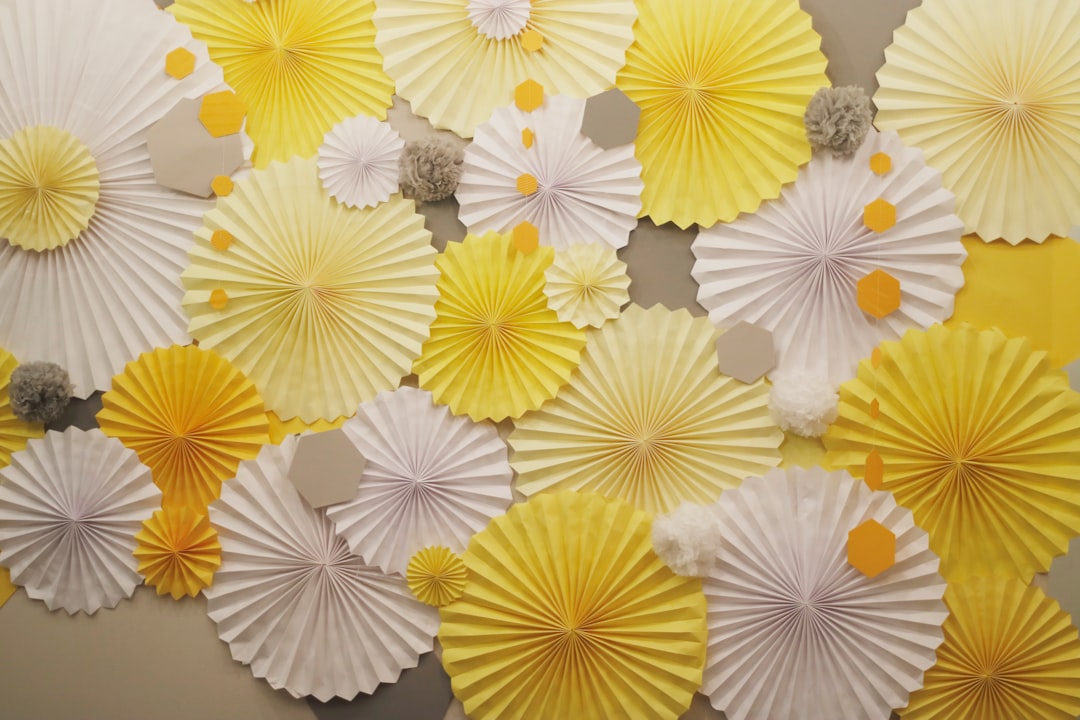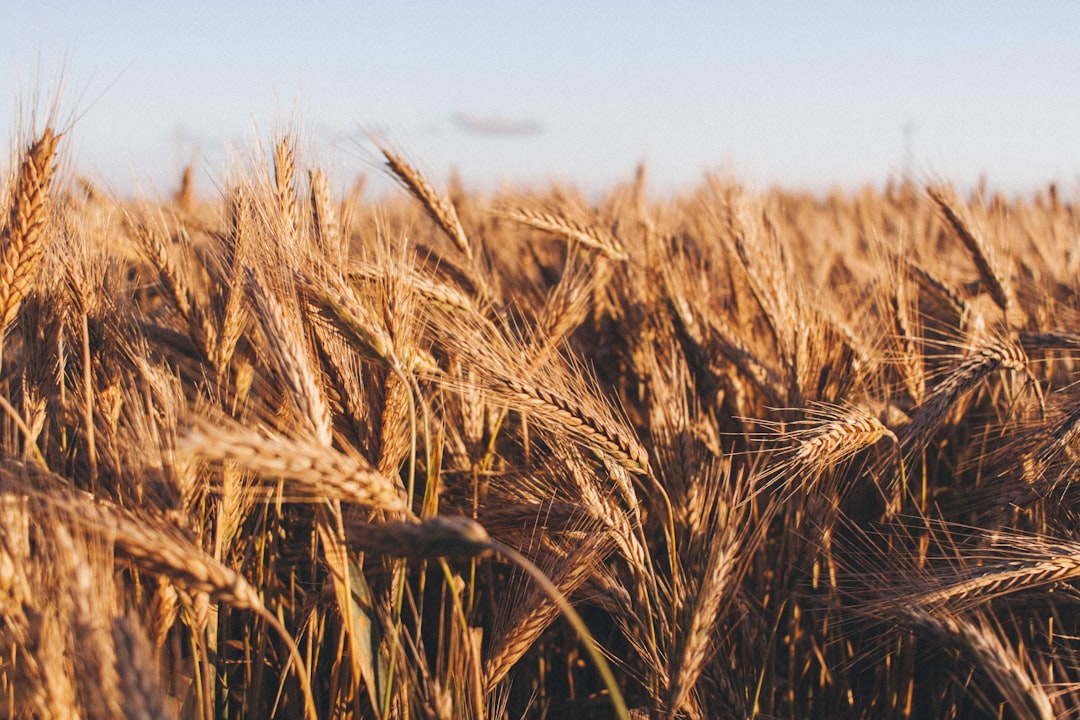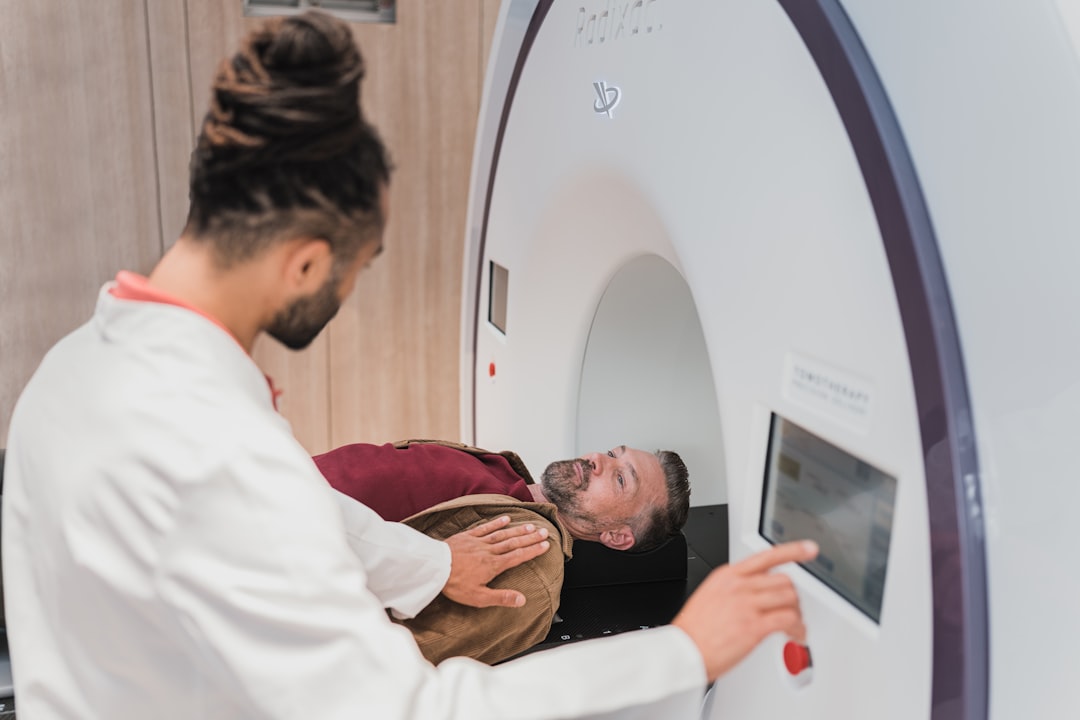What is it about?
This work is a synthesis of our current understanding of the mechanics, aerodynamics and visually mediated control of dragonfly and damselfly flight, with the addition of new experimental and computational data in several key areas. These are: the diversity of dragonfly wing morphologies, the aerodynamics of gliding flight, force generation in flapping flight, aerodynamic efficiency, comparative flight performance and pursuit strategies during predatory and territorial flights. New data are set in context by brief reviews covering anatomy at several scales, insect aerodynamics, neuromechanics and behaviour. We achieve a new perspective by means of a diverse range of techniques, including laser-line mapping of wing topographies, computational fluid dynamics simulations of finely detailed wing geometries, quantitative imaging using particle image velocimetry of on-wing and wake flow patterns, classical aerodynamic theory, photography in the field, infrared motion capture and multi-camera optical tracking of free flight trajectories in laboratory environments. Our comprehensive approach enables a novel synthesis of datasets and subfields that integrates many aspects of flight from the neurobiology of the compound eye, through the aeromechanical interface with the surrounding fluid, to flight performance under cruising and higher-energy behavioural modes.
Featured Image
Read the Original
This page is a summary of: Flight of the dragonflies and damselflies, Philosophical Transactions of the Royal Society B Biological Sciences, August 2016, Royal Society Publishing,
DOI: 10.1098/rstb.2015.0389.
You can read the full text:
Contributors
The following have contributed to this page










